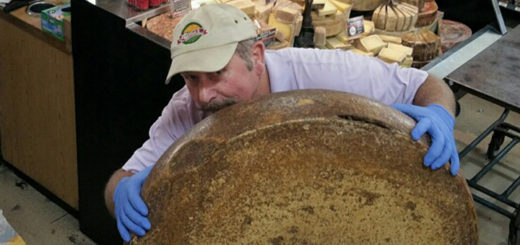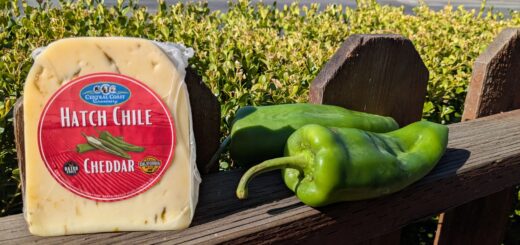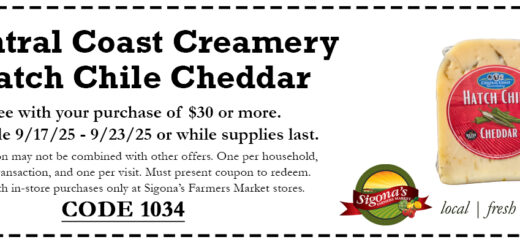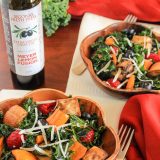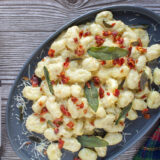Farm Focus: Local Asparagus
Farm Focus: Local Asparagus — Less than 24 hours from field to your plate

Considered both medicinal and an aphrodisiac in Roman times, we now think of asparagus as a harbinger of spring.
by Robbie Sigona
The local asparagus is in, and I can’t wait to tell you all about it. A couple of things are important for you to know. Local asparagus is sweeter and more tender than asparagus that comes from a distance, in part because of time. Like corn, asparagus begins to convert its sugars to starch from the moment it’s picked – so the sooner you can eat it after picking, the sweeter it will be. Plus the weather and soil here make for ideal growing conditions, all of which contributes to sweetness.
This asparagus – it’s organic – is from Gonzales, just south of Salinas. We also have Victoria Island asparagus, which is grown near Stockton. It’s what’s known as Delta-grown asparagus – a regional specialty that’s world-renowned for its quality.
The Stockton asparagus will be on special at $1.99 a pound; the organic will be on special lb at $4.99 a pound. And yes, I know $4.99 sounds high, but for comparison, most stores are selling organic asparagus for $7.99 a pound. Not only does theirs cost more, it’s probably not local. Most stores will likely carry asparagus from Mexico, as it’s cheaper and there’s a greater supply to fill their huge orders.
When in Rome…
We often associate asparagus with ancient Rome, but its roots (pun intended, no apologies) go much deeper (pun again; we offer no excuse). The ancient Phoenician traders introduced it to the Greeks and Romans, who cultivated it beginning 2200 years ago. Long before it was served as a vegetable, it was used medicinally, and was once part of the official pharmacopoeia of Rome.
It was first grown in the US around the mid-1800s, and has flourished since. Harvesting begins in February and typically runs through June. Asparagus is good for you, too! It offers a rich supply of vitamins A and C, iron, and zinc, plus fiber. And asparagus contains more folic acid than any other vegetable.
Robbie’s Produce Tips:
Look for spears that are compact with no signs of flowering. Really fresh stalks are even a bit squeaky.
Color or size is a matter of preference. Thin asparagus tastes stronger and more grassy. Thicker spears taste sweeter.
Did you know… the white asparagus is not a different variety? It’s just regular asparagus that’s been chlorophyll-deprived by being grown away from sunlight either under earthen mounds or plastic.
One end is the tough stem end; the other is the tender flower. To separate, hold it on both ends and bend. The stalk will snap at its natural breaking point.

Robbie Sigona is our produce buyer. He works with local farmers and scours the market for the very best in fresh fruits and vegetables — some you won’t find anywhere else. Say hello when you see him in the store!


